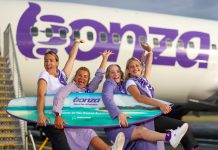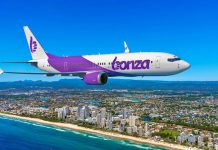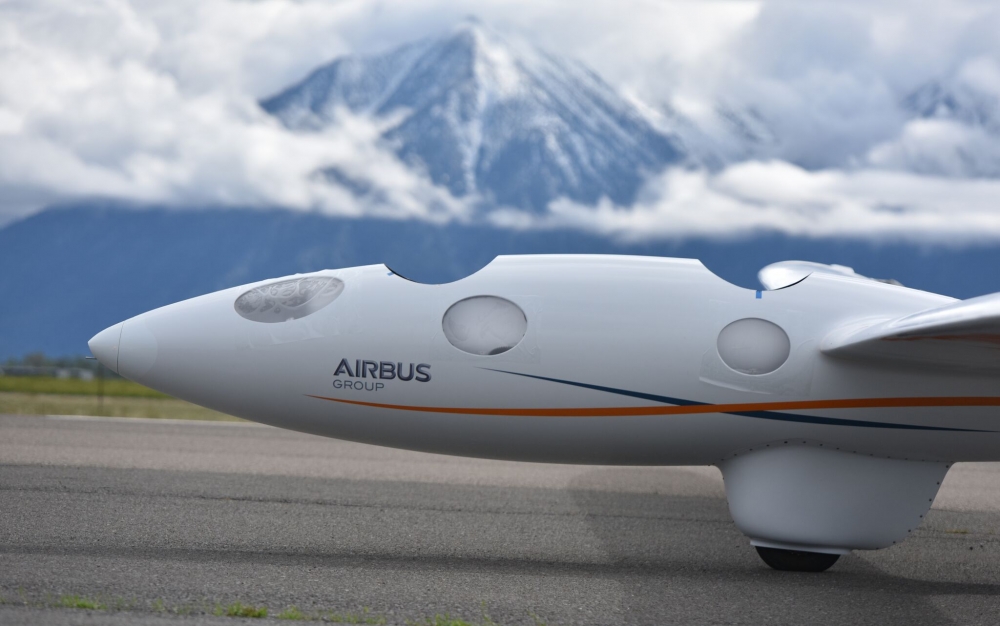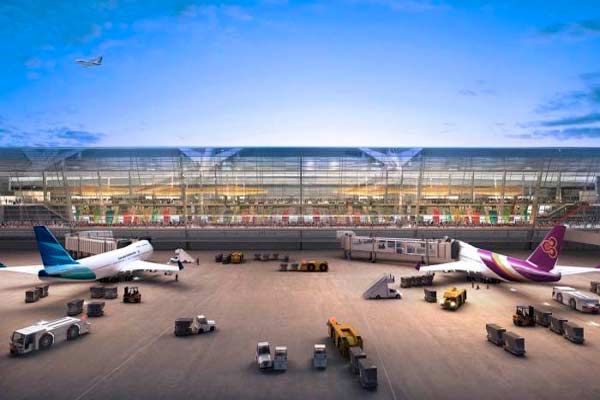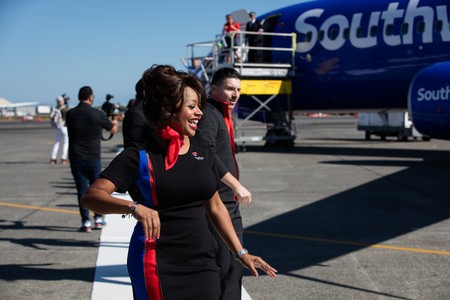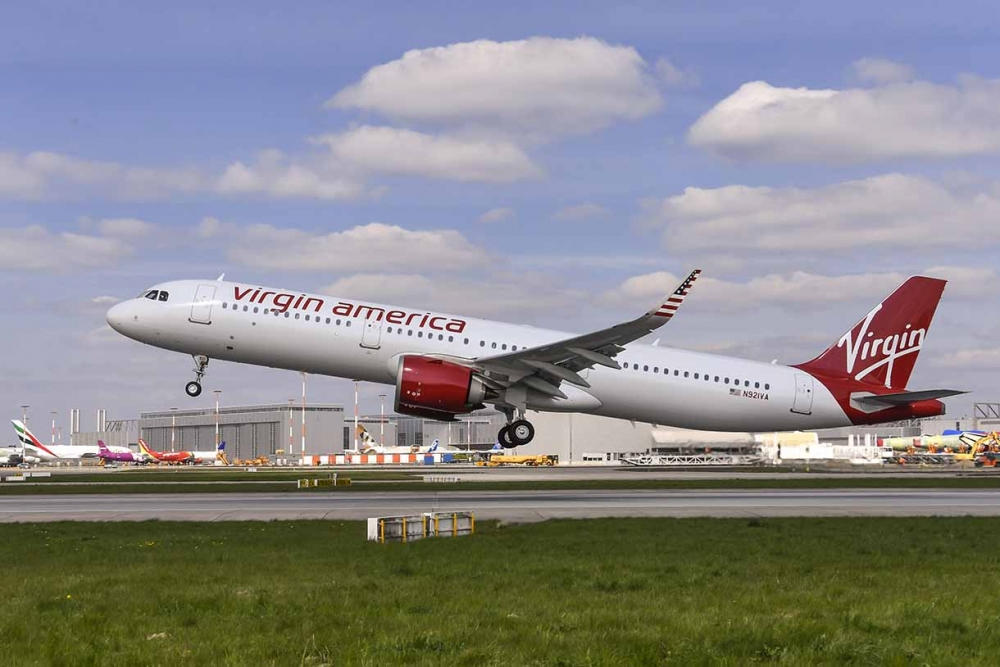A team hoping to take a glider to the edge of space is hoping surf’s up in the atmosphere this year as they make their second attempt at setting a new altitude record for horizontal flight.
The pressurised Perlan II glider is designed to catch giant “mountain waves” with the potential to take the engineless composite aircraft to an altitude of 90,000ft.
This would see it operating in a zone where the atmosphere is less than 2 per cent of sea-level density and temperatures drop to minus 70C, conditions approximating the surface of Mars.
But the rare stratospheric mountain waves — strong updrafts capable of reaching the edge of space — only occur for brief periods at certain times in a few places on Earth.
The team travelled to Argentina’s Patagonia region last year, conducting eight flights in 17 days, but the necessary conditions for a mountain wave failed to materialise.
However, the glider reached a height of more than 26,00ft and conducted a five-hour flight.
On Saturday, it eclipsed that feat with a new “personal best’’ over the Sierra Nevada mountain range near its US headquarters of Minden, Nevada.
Pilots Jim Payne and Miguel Iturmendi took the glider to 30,615 ft, reaching airspace normally occupied by jet airliners.
The world altitude record for a glider of 50,772ft was set in 2006 by the Perlan 1 glider, now on display at the Seattle Museum of Flight, flown by the late Steve Fossett and Einar Enevoldson.
Fossett initially funded the Perlan II but his death in 2007 saw that responsibility taken up by others. The project took on new life when European aerospace company Airbus joined as a major sponsor in 2014.
The glider is pressurised at an altitude of 15,000ft to avoid the need for pressure suits and the crew uses an oxygen re-breather system to escape hypoxia.
The team of volunteers is now preparing to head to Patagonia for its second attempt at the record in May.
“This past year our team gained invaluable insight and experience from flying the glider in and around the Andes Mountains,” Perlan Project chief executive Ed Warnock said.
“Using that information, we’ve made improvements to the aircraft that will help us have even greater success this year, first in Nevada and later in Argentina, if the wave and weather conditions are optimal.”
The glider has been updated based on the experience garnered last year.
The updates include heating for critical items such as the battery and air and oxygen regulators, control stick improvements and flight simulator updates to improve pilot training.
Reaching 90,00ft would beat the previous record for horizontal flight of 85,069ft set by a Blackbird spy plane in 1965.
But the Perlan II team is aiming even higher with an ultimate target of 100,000ft.



